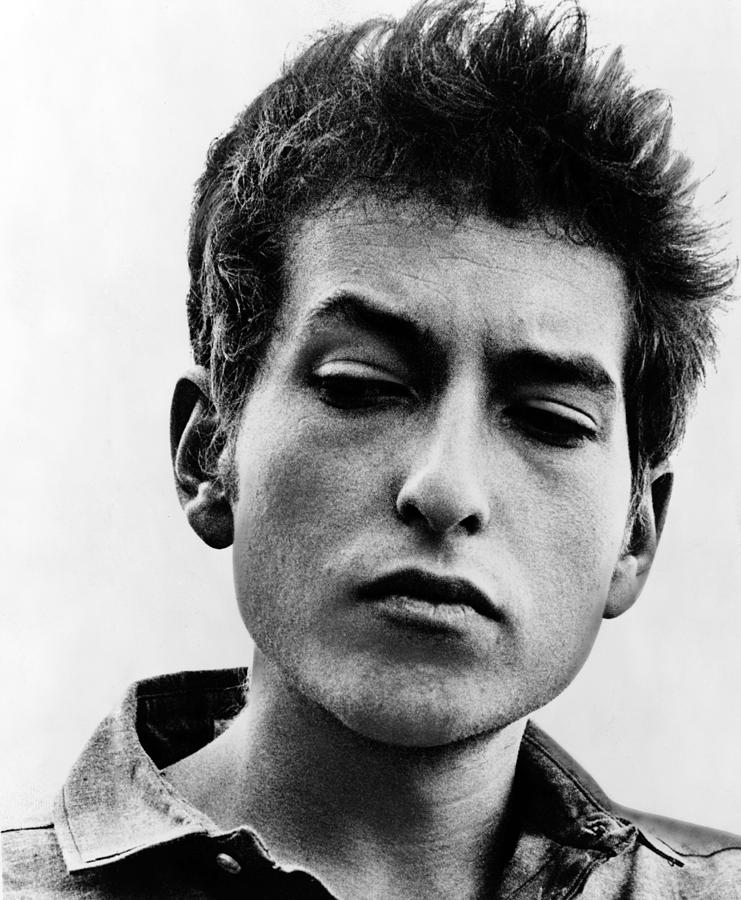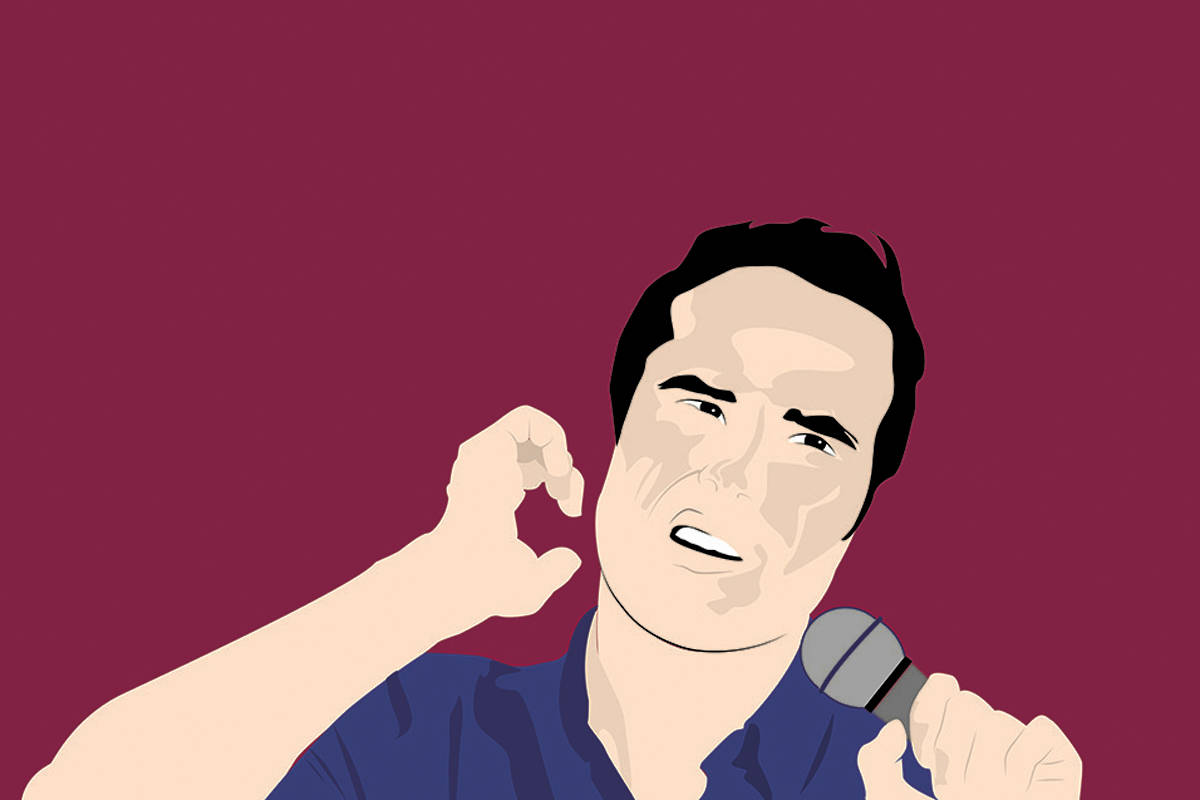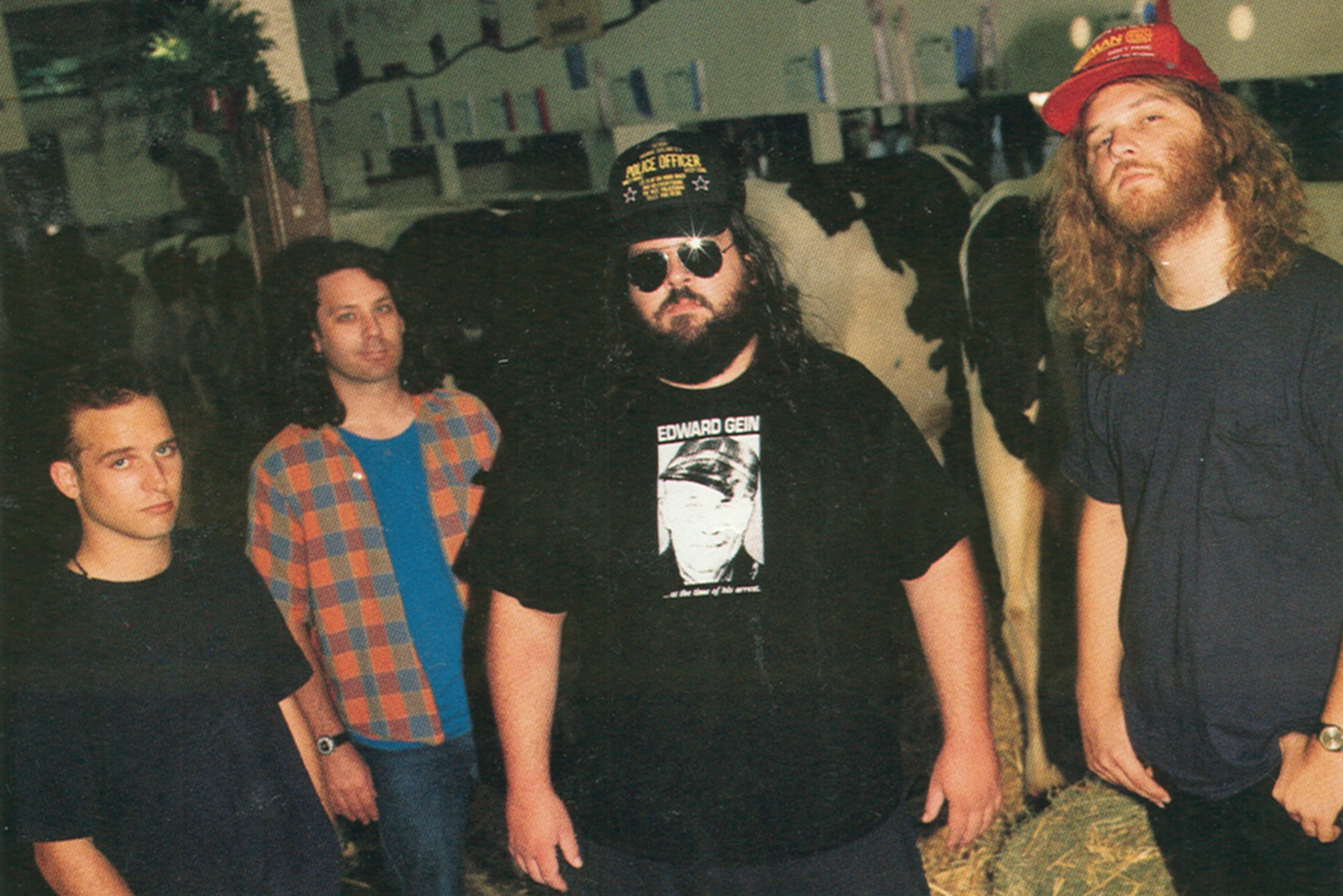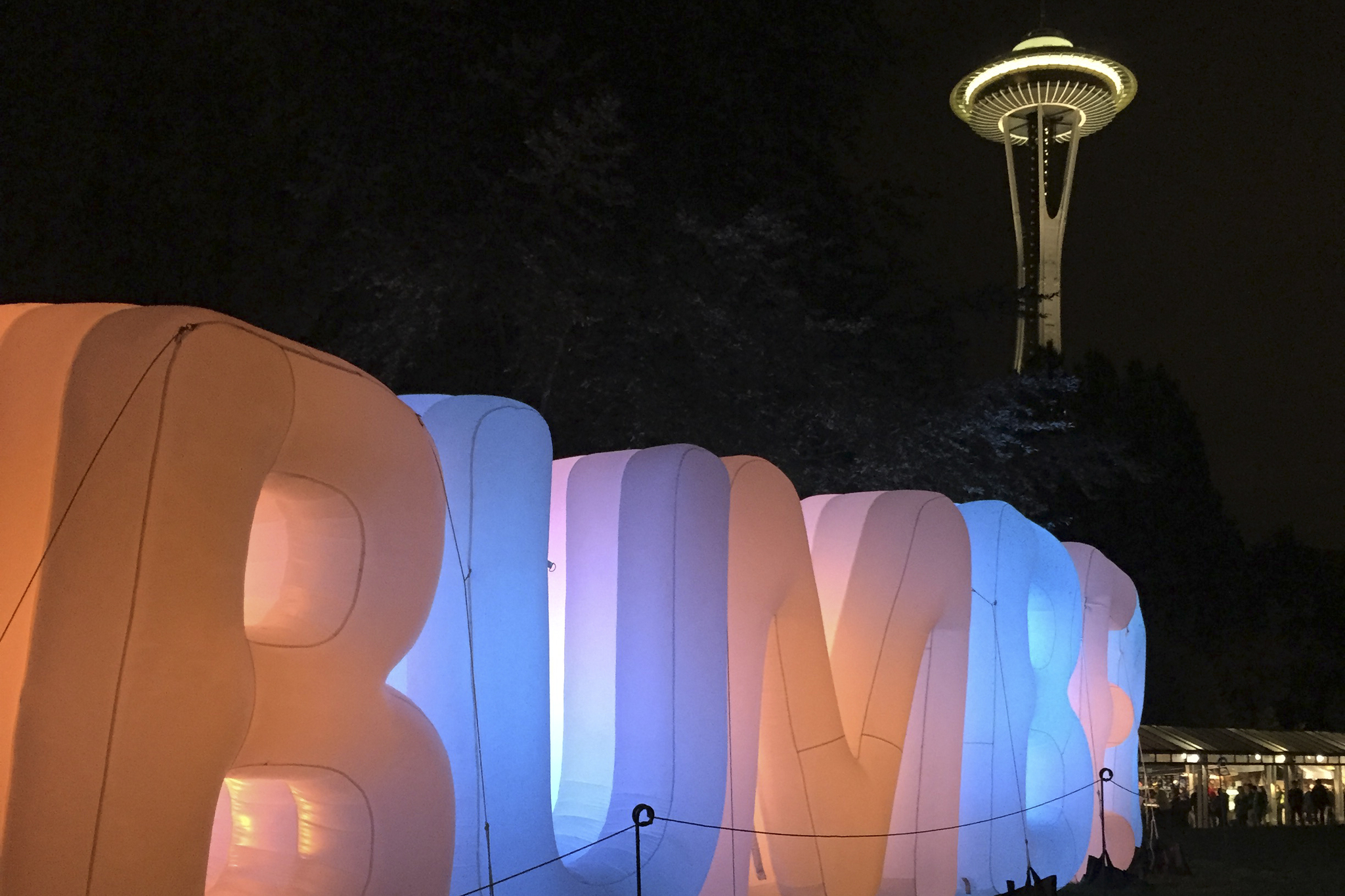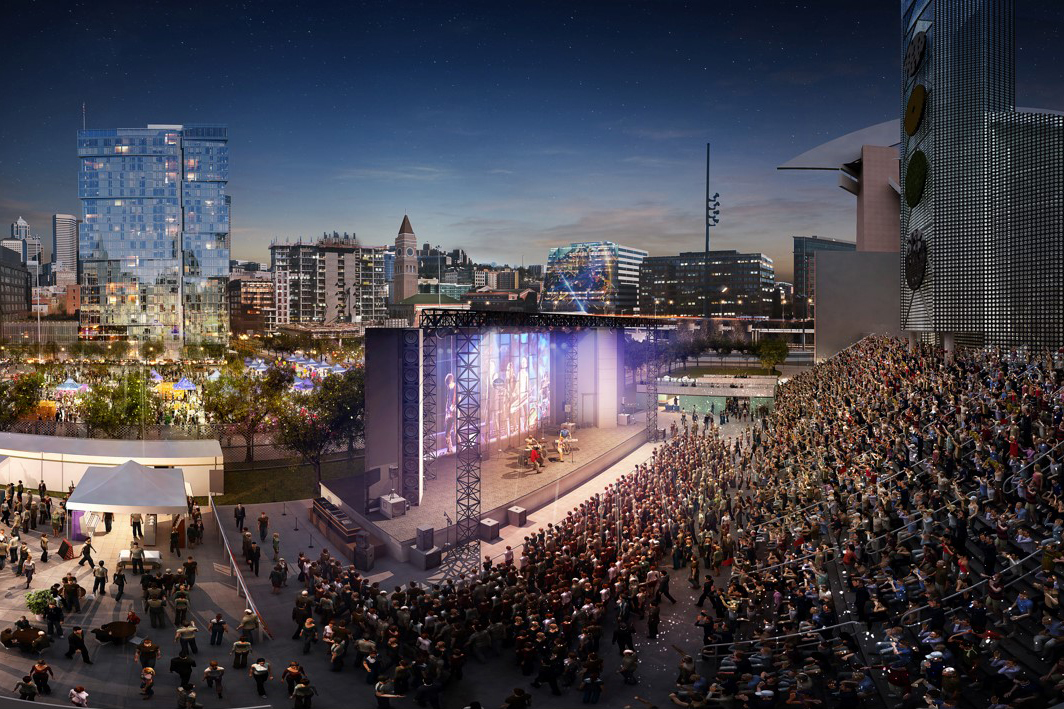It’s hard not to feel a twinge of anxiety every time Robert Zimmerman announces a new string of tour dates. The prospect of seeing America’s greatest living musician, now 73, perform is always a thrill, but the worry that this might be his last go-around looms even larger. His so-called “endless tour” must eventually conclude, and while I hope it’s not anytime soon, in light of the man’s singular career, I’m compelled to wonder: What will we inherit in a post-Dylan landscape?
You won’t meet a lot of young musicians who worship at the altar of Dylan’s late-period Tempest or Together Through Life, but many manage to find their way to Highway 61 Revisited, Desire, Blood on the Tracks, and Blonde on Blonde, forever included on “Greatest Albums of All Time” lists. Dylan is important because his contemporaries and rock historians tell us so—but also because it’s simply, universally true. He may not be as direct an influence on young rock bands as Green Day, but if diligent young punks were so inclined, they’d save some of that iTunes budget for a ticket to see Sir Bob perform 50 years of hits in a two-hour master class that can’t be learned by watching YouTube.
Now more than ever that matters, because Dylan is the antithesis of passive and predictable. Whether his many headline-making career moves—the protest songs, going electric, his Christian period (he’s Jewish, remember)—were a result of the times, his artistic vision, or label pressure, is of little relevance. The very arc of his career—and that it’s still going strong—demands to be considered with particular reverence.
In the past decade alone, Dylan published the first of his planned three-part memoir, the well-received Chronicles: Volume 1. He wrote, starred in, and performed in the utterly vexing film Masked and Anonymous. At 65 he released one of the finest albums of his career, Modern Times. Meanwhile he appeared in commercials for Victoria’s Secret, Pepsi, and Chrysler. Not exactly conventional choices for a first-generation rock icon.
In his review of Dylan’s 2010 headlining set at Bumbershoot, SW’s Chris Kornelis declared Dylan’s continued catalog reinvention “a one-of-a-kind experience, and the perfect foil to the nostalgia that so many of his contemporaries peddle.” This gets to the heart of why a post-Dylan world could be so bland. Plenty of artists make interesting records and consistently challenge their audience, but compared to the handful of acts of his generation still going strong—Paul McCartney, Paul Simon, the Rolling Stones—it’s apples and oranges. That’s not a knock on those enduring icons, but they’ve been serving up their greatest hits for decades.
The naive concertgoer who heads to the Paramount this week expecting to hear a shiny revue of Dylan’s museum pieces is in for a jarring experience. He’ll likely present instead songs made elastic by decades of repetition, road wear, and most of all spontaneity. The ability to reimagine “Blowin’ in the Wind” as a shuffling piano ballad rather than a laid-bare protest anthem, offering the audience something foreign and familiar at the same time, is a parlor trick of the highest order. That we all love him for it (and at the same time don’t extend the same graciousness to a filmmaking visionary like George Lucas when he decides to replace the original special effects in Star Wars) says volumes about the place Dylan has etched into the hearts of so many.
When he finally descends his throne, there will be one less figure capable of reminding us of the value of being original, engaging with art, and not being defined by any of it. Other rock musicians have followed Dylan’s lead, but none changed the world. By being fearless regardless of what critics and fans might say, Dylan has retained his mystique, a quality that keeps everyone coming back for another look.
In today’s culture of oversharing, there are few pop stars with any mystery left. It used to be just record sleeves and Rolling Stone that armed us with info about our favorite bands. MTV brought pop stars into our living room, and the Internet put their every thought into our pocket. Compared to the likes of Miley and Kanye, Dylan’s approach is downright revolutionary.
The times they are a changin’, but the manifesto Dylan offered when he plugged in his Stratocaster at the 1965 Newport Folk Festival still rings true. “I try my best/To be just like I am,” he wails on the final verse of “Maggie’s Farm,” “But everybody wants you/To be just like them/They say sing while you slave/And I just get bored.”
That was nearly 50 years ago, yet instead of slowly aging into a dinosaur, Dylan is now something of an alien. When he’s gone, he’s gone, and when that happens we will accept that he is an aberration whose magic can’t be copied. There might be another like him someday, but for the moment, all we have is him. Bob Dylan and His Band The Paramount, 911 Pine St., 877-STG-4TIX, stgpresents.org/paramount. $46.25 and up. 8 p.m. Fri., Oct. 17–Sun., Oct. 19.
music@seattleweekly.com
